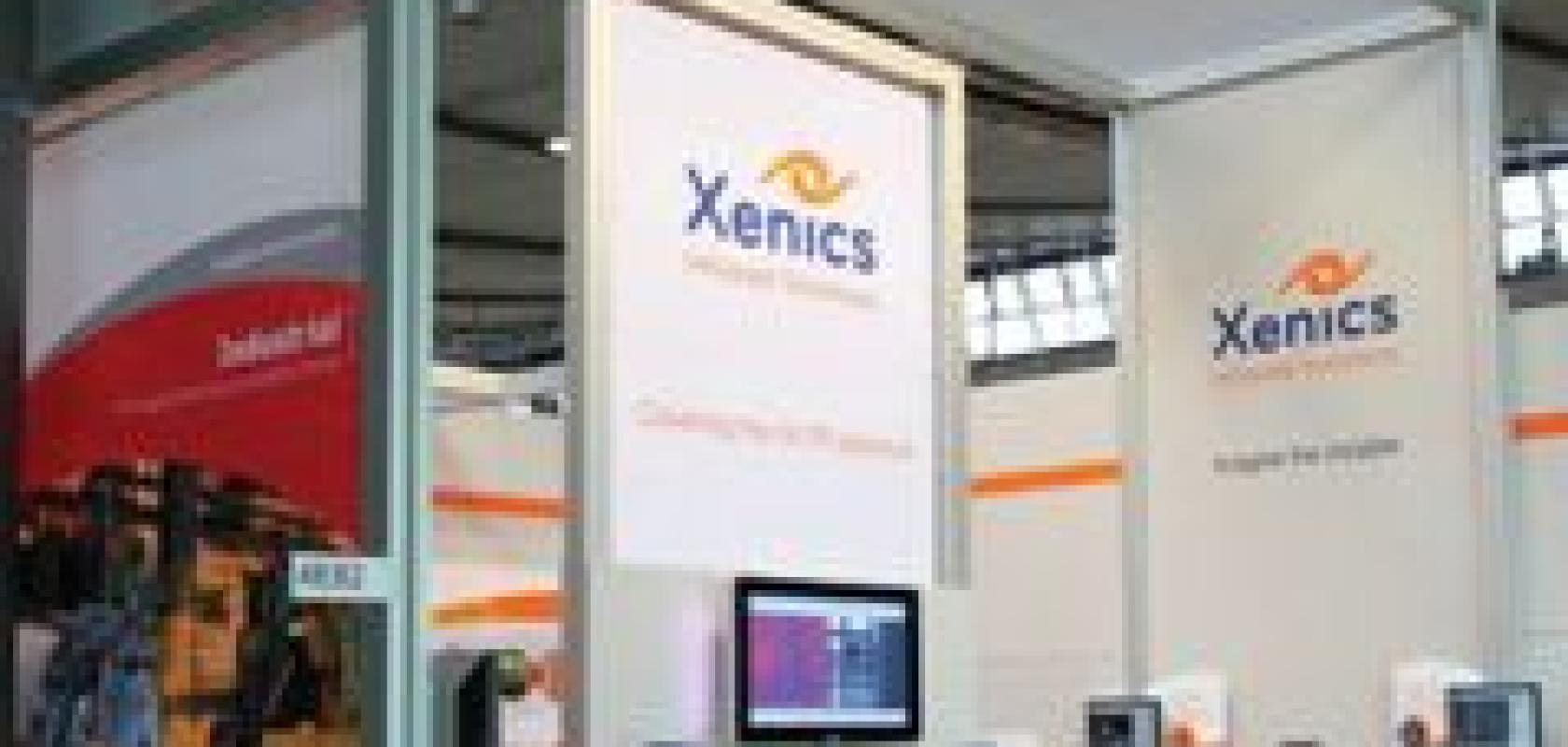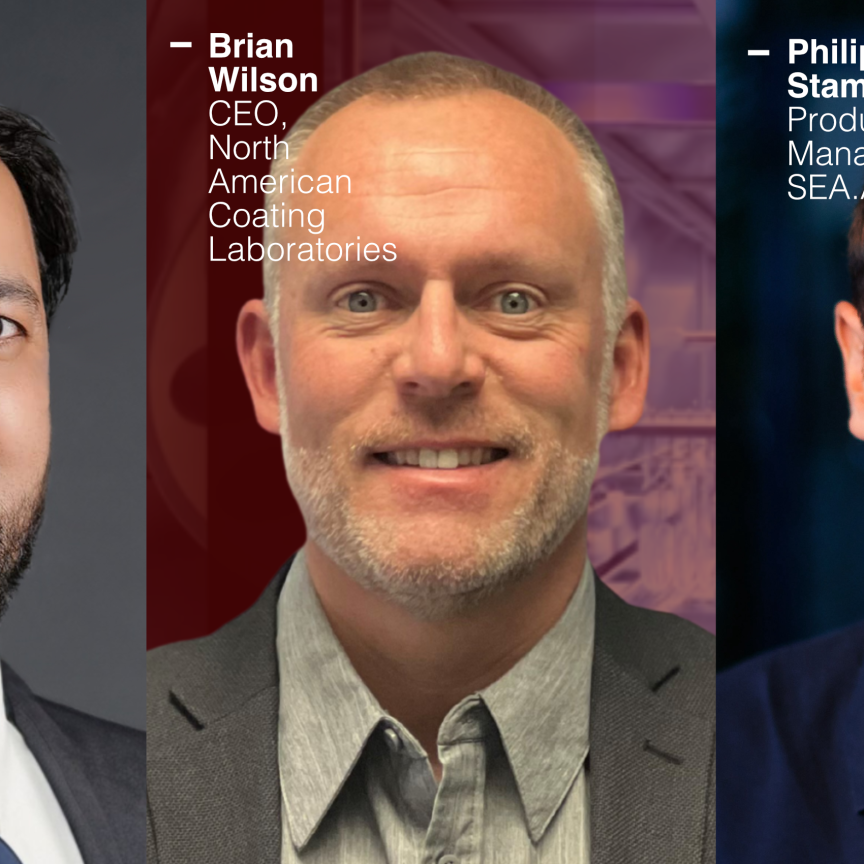Xenics will be celebrating its 10th anniversary later this year, a testament to the quality of the products it manufactures, and its ability to adapt its technology to suit particular niche markets. Its main business is infrared cameras, though this follows an early part of the company’s history which saw it focus solely on infrared detectors.
Bob Grietens founded the company in late 2000. Like so many technology-led companies in the Flanders region of Belgium, it was a spin-out from the independent research institute IMEC, based in Leuven, which specialises in nanoelectronics and nanotechnology. Now the institute employs around 1,650 people, working on numerous projects in ICT, healthcare and energy.
Grietens himself has a PhD in infrared LEDs and lasers, and later achieved qualifications in business and economics. Indeed, his first few years of employment were spent in business development, and it was this entrepreneurial streak that led to the founding of Xenics.
‘An opportunity presented itself that enabled me to combine my business development skills with the technology background that I had,’ says Grietens. ‘There was a research project at IMEC that involved uncooled InGaAs imaging detectors, which was not too far from the subject of my PhD. InGaAs technology works in the 0.9 to 1.7μm wavelength, and can be applied to a wide variety of applications. Compared to uncooled bolometer technology for thermal imaging, it’s still a niche market though.
‘We decided to concentrate on niche markets – and still do today – because they represent opportunities for high-margin business. We are only one of a handful of companies with this expertise and technology, which is a healthy position to be in from a business perspective. In fact, when we started in 2000, we were the only non-US company to have developed this type of technology.
‘The reason for the research was that if we could produce uncooled detectors in volume quantities, we would be able to help reduce the cost of devices requiring infrared detection. Previously, material would need to be cooled in order for it to be used for infrared detection. Cooling costs money, of course, so to create a product that would be able to provide detection without the need for cooling would have obvious benefits.’
As a technology, uncooled infrared detection is an area that has seen significant growth in the decade that Xenics has been around, and Grietens believes there is plenty more growth potential left to go.
Having successfully secured venture capital funding, Grietens began developing its first products, infrared detectors. ‘It became clear very quickly that it would make much more sense for us to produce complete cameras, rather than just the detectors.’
The first three years of the company’s existence were spent researching and developing the technology, before the products were ready to take to market in 2003. It didn’t take long after those product sales began for the company to become profitable.
During the intervening periods, Xenics has become active in a much wider variety of wavelengths with its cameras. ‘Right from the beginning, we wanted to develop a range that covered the whole infrared spectrum,’ says Grietens. ‘In this way, we can provide the best possible solution for our customers, no matter what their application or market might be.’

Bob Grietens, CEO, Xenics.
To achieve this, Xenics also offers a range of cooled cameras. ‘It didn’t require a huge effort in terms of engineering to add these products to our portfolio,’ says Grietens. ‘Again, it opened up further niche markets with nice margins, and was a good fi t for our customers in the scientific imaging market.’
The wide variety of potential applications for Xenics’ infrared technology is one reason why the company has emerged from the economic downturn relatively unscathed. ‘All our products are modular, and we cover such a broad range of wavelengths – which allows us to tackle many different markets with the same underlying technology. Our early days were mainly in scientific imaging, but this has evolved to include industrial system integration, where customers are looking to include infrared camera technology into industrial processes. More recently, we have also been moving into the security market, where we have imported our technology into CCTV housings, often mounted on pan-and-tilt mechanisms or gimbals.’
The company has also moved into thermography cameras, which are able to add temperature information to the images being displayed. This has facilitated market penetration in the high-end industrial market.
That diversity ensured that Xenics grew during 2009, in spite of the global economic climate, though as Grietens says ‘perhaps not by as much as we had hoped’. Like many others, he has seen a marked rise in activity in the past few months.
The geographical location of Xenics, in Leuven, Belgium, means that it has the advantage of being surrounded by several other technology start-ups. The University of Leuven, together with IMEC, ensures that there is a thriving network of technology businesses, many of whom share their experiences via specific initiatives. This also has the benefit of attracting technology expertise to the area, ensuring a high-quality workforce.
The company employs around 50 people, mainly at the headquarters in Leuven. There is also an office in Singapore, which looks after the Asia Pacific market. Xenics is also active in the US, and while it has yet to establish an office there, it may well do so in the near future. There is also a worldwide distribution network, to ensure penetration into as many markets as possible.
Turning to the future, Grietens has plans for geographical expansion beyond the company’s European heartlands, while from an application point of view, he sees more potential ahead in those markets in which the company has only just started operating – namely security and thermography.
‘We will continue to launch a number of new cameras this year, as we do every year, expanding our range of products and available wavelengths and speeds,’ he says. ‘We also look to move into larger volume markets, so we can pass on lower cost options for customers.
'In the past, we have found that by working with system integrators on what might initially be a niche or even one-off product, the project can develop into a volume product as the application in question becomes more widely accepted.
‘We also keep our eyes open for market opportunities that may arise. For example, there was a huge increase in demand for fever detection products following the swine flu outbreak. We reacted to that by developing cameras specifically for that application.’
Grietens believes that flexibility is at the heart of the Xenics operation. ‘Our cameras are modular, and we encourage our customers to play with the settings to get the optimum set-up for their particular application,’ he says. ‘From a company point of view, we are also flexible in that we can react to market changes quickly, and we have sufficient dedicated in-house expertise to develop custom engineered products to suit customer needs.’


